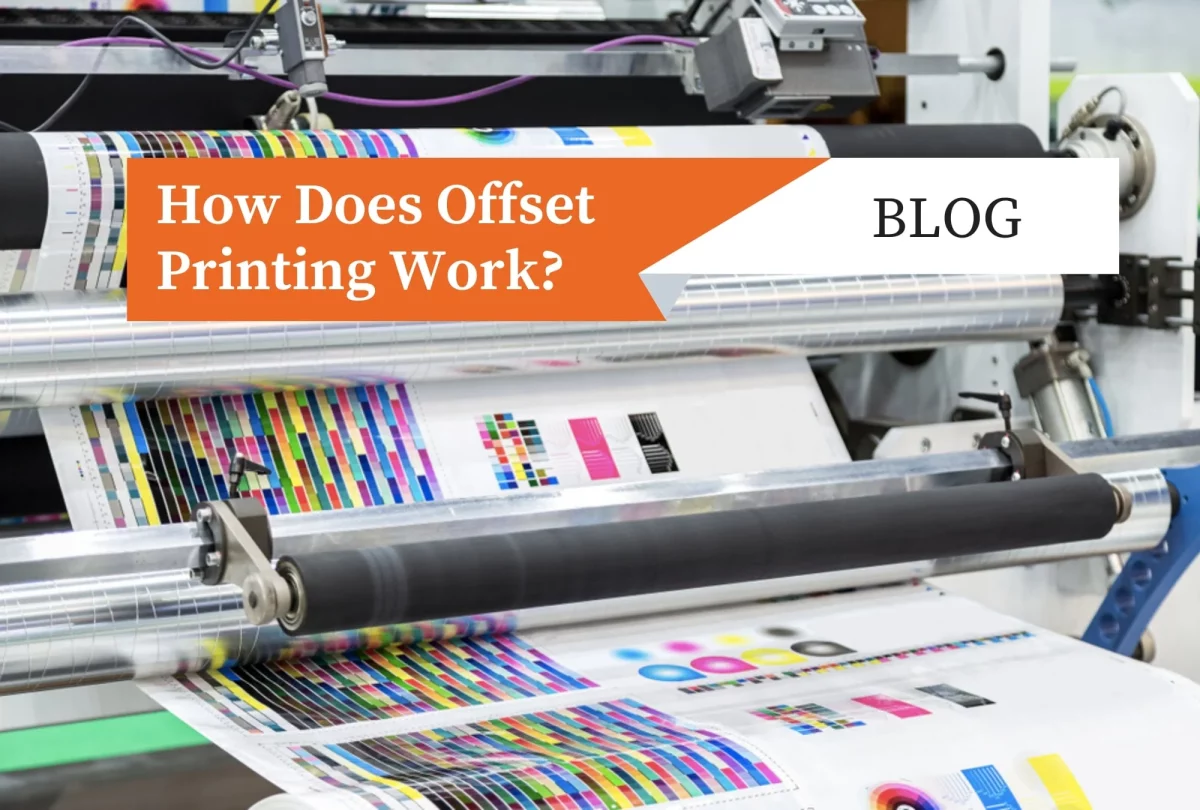Offset printing is a widely used printing method used by print shops and commercial printers. This method of printing has been around for over 100 years, and even though the technology has improved, it still uses the same basic principles. It’s important for print shop owners to understand the basics of offset printing so they can determine if it’s the best option for their needs. Let’s take a look at what you need to know about offset printing.
What Is Offset Printing?

Offset printing is a form of lithographic printing that uses a metal plate with an image etched in it that is then transferred to paper or other materials. The process begins with an operator creating the design on a computer and sending it to the press operator who will prepare it for printing. The machine then prints each page, one at a time, onto large rolls of paper which are then cut into smaller sheets. The result is high-quality images that can be printed in bulk quickly and cost-effectively.
Advantages of Offset Printing
The primary benefit of offset printing is its cost-effectiveness when compared to digital printing methods. Because offset presses can produce hundreds or thousands of copies in one go, it allows for greater efficiency than digital printers which must print each copy separately. Additionally, offset presses are better able to handle heavy card stocks and thicker papers than digital presses making them ideal for producing brochures, business cards, booklets and catalogs with high-resolution images and text. Lastly, since most offset presses are automated once set up correctly, they require less labor than manually operated digital printers making them more efficient and faster production times as well as lower labor costs overall.
Disadvantages of Offset Printing
One disadvantage to consider when choosing between digital and offset printing is that there is usually a setup cost associated with setting up an offset press including the cost of plates or cylinders needed for production as well as any necessary ink mixing costs that may be incurred depending on the project being printed. Additionally, certain projects may not be suitable for offset presses due to their size or shape such as postcards or small flyers which may require special cutting machines that only work with digital print jobs instead. Lastly, turnaround times tend to be longer with offset pressing since each job requires multiple steps from setup to proofing before production begins thus adding extra days or weeks onto your production timeline depending on your specific needs.
Overall, although there are advantages and disadvantages associated with both digital and offset printing methods, understanding how both processes work will help you make an informed decision about which technique works best for your project needs so that you can achieve successful results without going over budget or sacrificing quality in the process. Utilizing an experienced team like Metric Marketing ensures quality results while keeping your budget in mind so that you get maximum value out of every job you take on!
